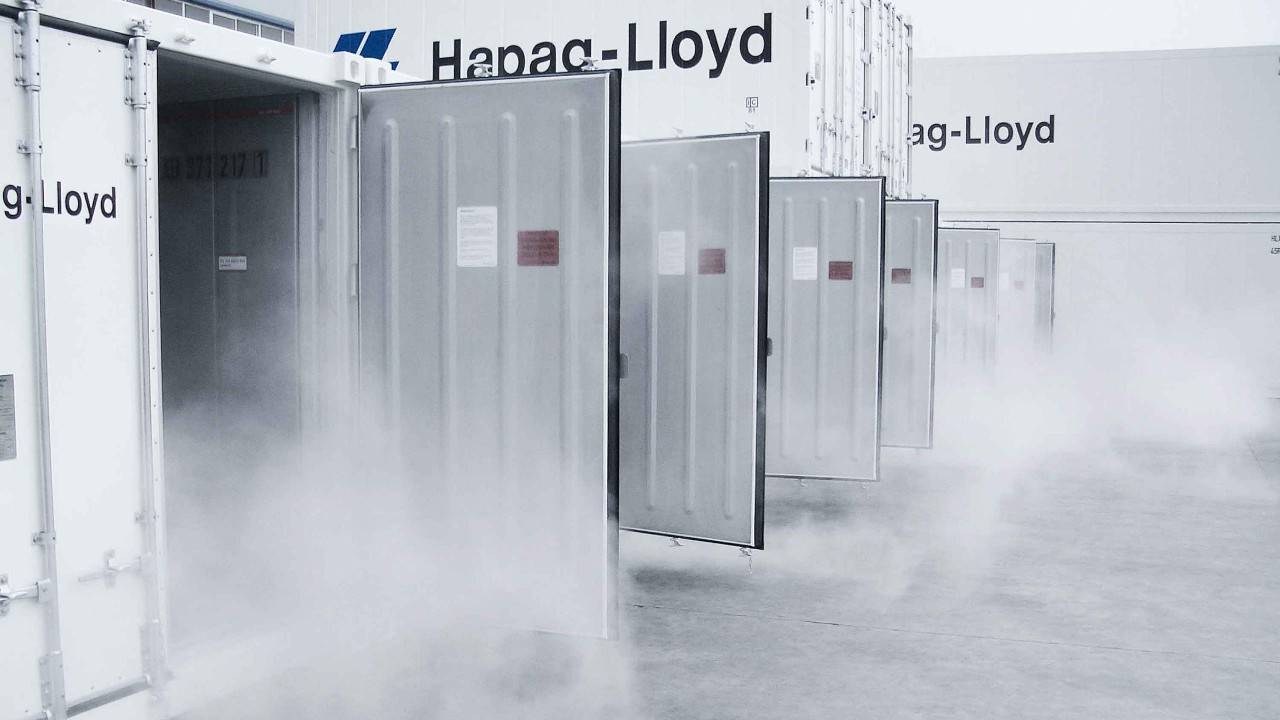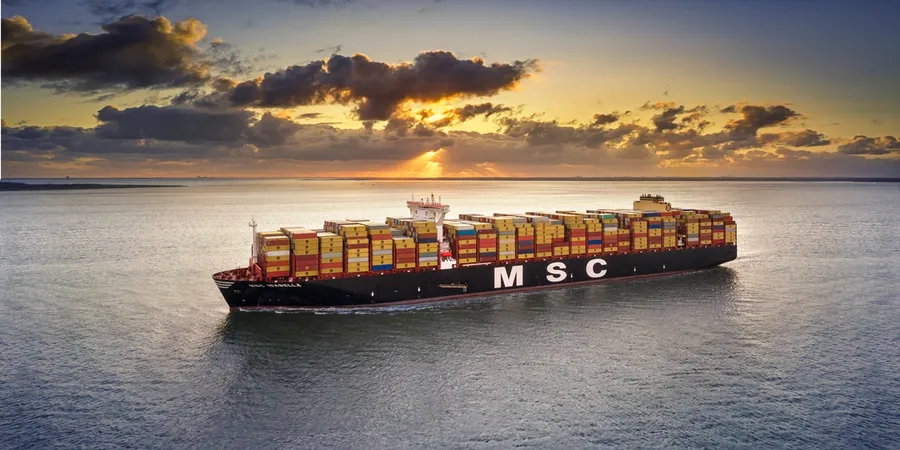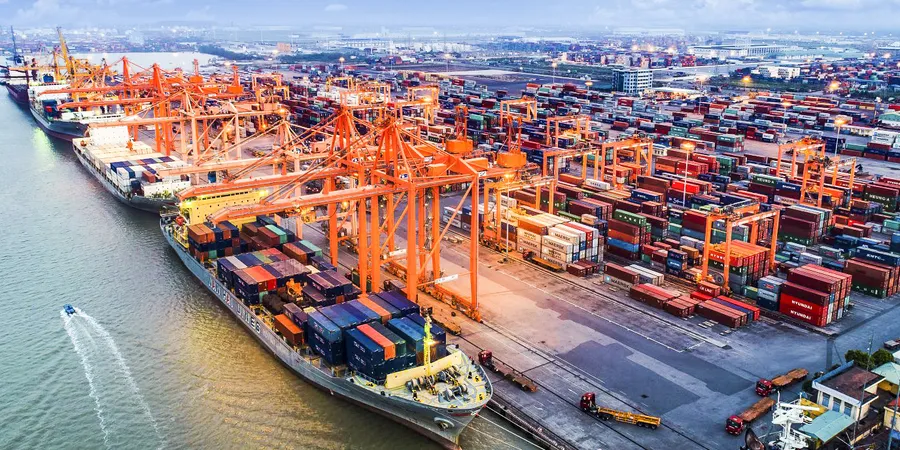COVID-19 PANDEMIC ACCELERATES SMART REEFER CONTAINER ADOPTION
The global Covid-19 crisis has highlighted the importance of refrigerated container logistics to keep vital supplies of food and medicines, including vaccines, flowing around the world as nations locked down.
While temperature-controlled goods have indeed kept flowing, the pandemic triggered an ongoing cascade of disruptions to the bigger container shipping system that so many perishable producers, exporters, importers and supply chains now rely on. That includes delayed, diverted and rolled shipments, port congestion, landside logjams and shortages and displacement of empty reefer containers due to a clogged global maritime transport pipeline.
Coming hard on the heels of the Suez Canal blockage, the latest disruption with a global ripple effect whose final impact is not yet known is the severe slowdown at the Port of Yantian due to a Covid-19 outbreak.
Major reefer container carriers including, Maersk, CMA CGM and Ocean Network Express (ONE) have warned of delays to inbound reefer shipments and (sometimes unannounced) diversions to other southern China ports. As industry analyst Lars Jensen of Vespucci Maritime observed recently, disruptions are an everyday reality for container logistics but because the global system now has so many chokepoints and backlogs there is scant buffer to deal with them. As a result, the impact of even small incidents is greatly magnified.
“Even before the pandemic, reefer container availability posed a continual challenge,” said Rachael White, Managing Director of Cool Logistics Resources. “Reefer equipment repositioning to meet both everyday flows and peak seasonal demand from major growing areas has always been a delicate dance. Over the last years that has been exacerbated by slower fleet replenishment and growth following the 2008/9 financial crisis – remembering that reefer containers, plugs and power are a significant investment for ocean carriers, leasing companies, ports and landside logistics providers – along with growth and underlying shifts in world food trade. That includes increased appetite from China and other Asian nations, leading to longer cold chains with less reefer box turns and different patterns of equipment demand, supply and repositioning.”
Several major container lines have recently announced substantial orders for new reefer equipment, including Maersk, Hapag-Lloyd, Ocean Network Express (ONE) and Zim. But with reduced global availability of empty containers of all types (up to 20% less due to recent events, estimated UNCTAD recently), the best will in the world cannot make up that shortfall any time soon, especially when it comes to sophisticated reefer containers prices.
These are thorny issues to work out for the global container trade as a whole and most definitely for the reefer container sector. As Maersk said in its most recent Global Logistics Pulse briefing, “logistics have been turned upside down. The knock-on effects are widespread and global trade is lacking the resilience needed to cater for the added strain. The capacity to handle this level of disruption is sparse and to successfully navigate in this new environment there’s an urgent need for doing business in new ways, being agile, and having visibility across the end-to-end supply chain.”
Real-time visibility and remote control are key drivers for today’s accelerated digitalisation in reefer container operations and the broader cold chain, not only because of the huge global vaccine distribution challenge but perhaps even more so to manage supply chain delays and disruptions impacting cross-border flows of food and other perishables.
"Implementation of Internet of Things (IoT) telematics that allow reefer containers and cargoes to be remotely located and monitored around the world was already happening before the pandemic but adoption has escalated in the last year, including more factory installations on newbuild units," said Al Tama, Vice President and General Manager, Container and Port Solutions, ORBCOMM at the recent Containerised Vaccine Logistics seminar staged by Cool Logistics and Container News.
Reefer containers equipped with IoT devices and sensors provide a wealth of real-time and historical data for carriers and shippers, along with the ability to actively adjust temperature and other key parameters from afar to prevent cargo spoilage. To do this, the IoT device interfaces with the reefer container unit’s microprocessor controller for a 2-way ‘conversation’.
The integration of a new generation of wireless sensors will also capture insightful data that augments the information from the microcontroller, according to Tama, who noted, “Many of these sensors are geared at providing information concerning the condition of cargo to optimise integrity and minimise tampering—temperature, humidity, light, shock and vibration.” Sensors are also being used on reefer and dry containers to detect unauthorised door openings, protecting high value cargo from theft and tampering and alerting users in real-time to incidents.
One major area of focus in recent times has been improving real-time visibility and remote monitoring of reefer containers on-board vessels with wireless IoT. The goal is to close the visibility black holes at sea, make onboard reefer monitoring safer for seafarers, and allow shoreside staff to remotely monitor conditions. This January, Carrier Transicold and Wireless Maritime Services (WMS) announced they were collaborating to make Carrier’s TripLINK(TM) reefer container monitoring platform available via the WMS IoT at Sea programme.
Globe Tracker also announced enhancements to its Sense Vessel solution in partnership with WMS and Druid Software. Previously, ORBCOMM announced that it had expanded its portfolio of on-board VesselConnect IoT systems to include LoRa WAN™ (LoRa) technology in partnership with Net Feasa.
One of the clear gains made from smart IoT enabled reefer operations is the emergence of the virtual Pre Trip Inspection (PTI), replacing a manual inspection. This has already yielded operational efficiencies, including conducting vPTIs on-board ships so that offloaded reefer containers can get back into service more quickly.
A Reefer pre-trip inspection is an extensive check of both the container and the machinery prior to transportation. It ensures that the reefer machinery is running properly at correct settings (for its goods) and that the container is clean and undamaged.
The efforts of the Digital Container Shipping Association (DCSA) and the Container Owners Association (COA) to develop standards for interoperable reefer container IoT communication technology and data have been a big boost for adoption, according to ORBCOMM’s Al Tama.
The latest standard from the COA’s Reefer Telematics Working group - a collaboration of reefer equipment manufacturers and telematics Providers - was published this June. COA’s new open standard Reefer Data Classification Scheme, supported by an open-source Unified Data Model (UDM), is designed to enable the exchange of information on refrigerated containers in a uniform way, independent of the model and manufacturer.
“By using the standard data model provided in this document, shipping lines and other reefer container operators who have mixed fleets of different reefer machinery will benefit from the convenience of accessing relevant data, without the complexity of accessing them with different formats and means,” claimed COA, which went on to add, “This is relevant as it is estimated around 70% of all data integration activities today are spent validating, structuring, organizing and cleaning data, a cumbersome burden that the UDM model eliminates.“
With more ocean carriers sharing smart reefer data with their shipper customers, and in some cases generating new revenue as a result, the drive towards interoperability and open interfaces is clearly an important development.
Source: container-news.com





